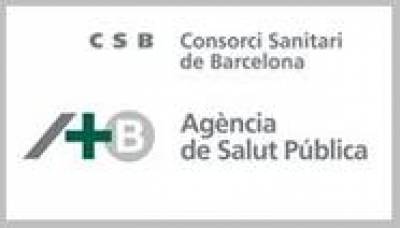
As a capital city, Bratislava is the administrative, political, economic and cultural centre of Slovakia. Bratislava is situated in the South-western portion of Slovakia, touching the borders of three Central European countries: Hungary, Austria and the Czech Republic. It is the largest Slovak city with a population of 425,459 (Men 198,997 I Women 226,462) inhabiting an area of 368 km squared, resulting in a population density of 1,165.2 persons per km squared in 2005.
Since the 1950's, Bratislava has had low immigration rates. In 2005, the national population made up 96.9% of the city's inhabitants. Bratislava functions as a natural crossroads, with booming transport, trade and tourism industries. Bratislava is a particularly wealthy region of Slovakia, with much of the wealth created by the services sector which employs 79.7% of the labour market. Bratislava also has a high concentration of cultural and educational institutions, resulting in a highly skilled labour force. Economic prosperity has resulted in a strong industrial and construction sector, employing 19.9% of economically active adults. As a consequence, agriculture and other primary industries employ only 0.5% of the workforce.
- City Profile
-
Bratislava has a specific demographic profile, defined by high participation in the labour market and a low proportion of immigrants. Demographic figures from the Statistical Office of the Slovak Republic collected from the 2005 Population and Housing Census are shown below:
- Population aged 0 - 14: 12.2%
- Population aged 65 and older: 12.7%
- Population aged 16 - 64 in the labour market: 75.7%
- Unemployment: 8.8%
- Immigrant population: 3.1%
- Methods
-
Socio-economic and mortality analyses were conducted at a small area-level within each city. The maps of Bratislava represent 17 Census Tracts. The data collected by the Statistical Office of the Slovak Republic from 2000-2008 was used to obtain the population size per small area. The INEQ-CITIES research of Bratislava is based on these figures.
The table below shows the estimated population size per Census Tract by first, second (median) and third quartiles, based on the 2004 data from the Statistical Office of the Slovak Republic.
Population Size per Small Area, Bratislava Men Women First Quartile
1,138 1,216 Median 8,927 9,795 Third Quartile
16,230 18,360 - Socio-Economic Indicator Maps
-
Social inequalities were examined using markers of deprivation to assess geographical segregation according to socio-economic characteristics. Find out more about socio-economic inequalities within Bratislava by viewing area-level maps of Socio-Economic Indicators of:
- Mortality Maps
-
Mortality ratios were examined for all-cause mortality and disease-specific mortality, separately for men and women. Find out more about health inequalities within Bratislava by viewing area-level maps of:
- Resources
-
For further information about health inequality and the INEQ-CITIES research conducted in Bratislava, please go to:

 Close
Close





